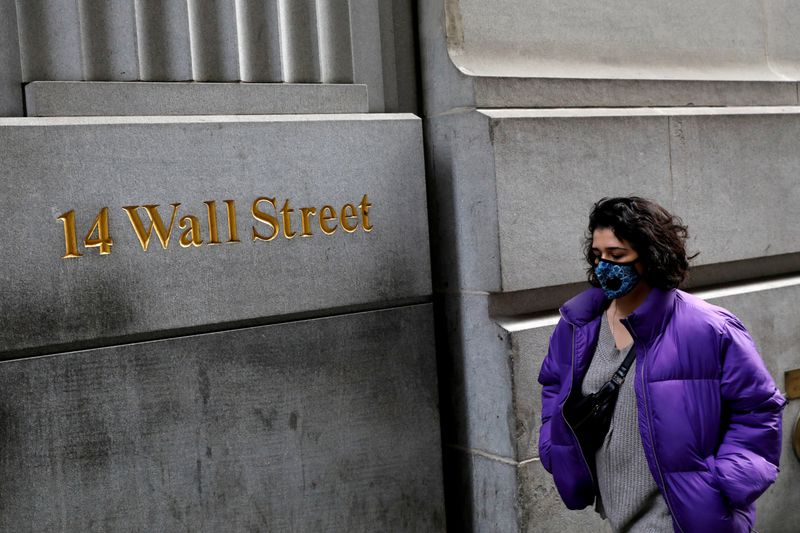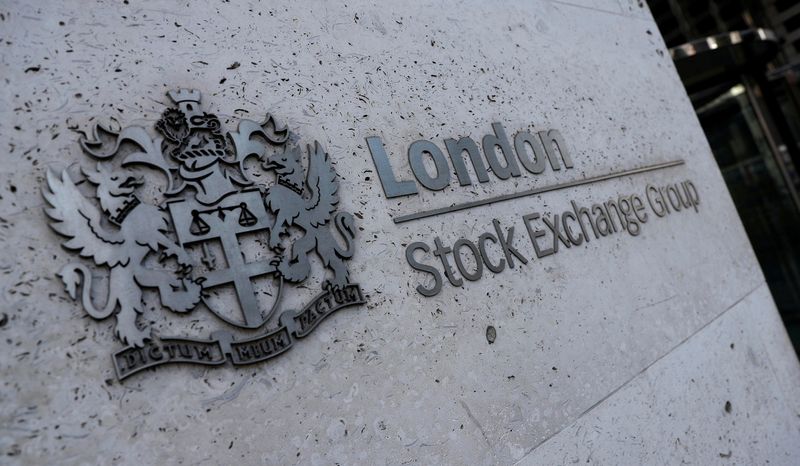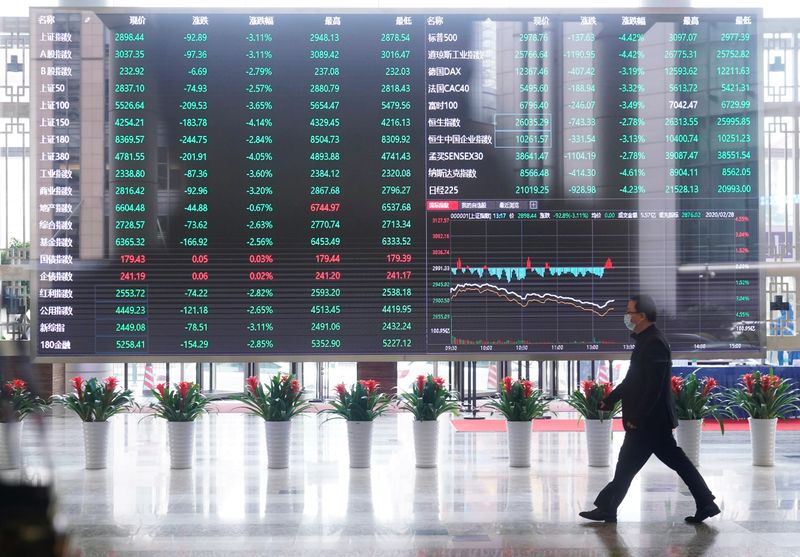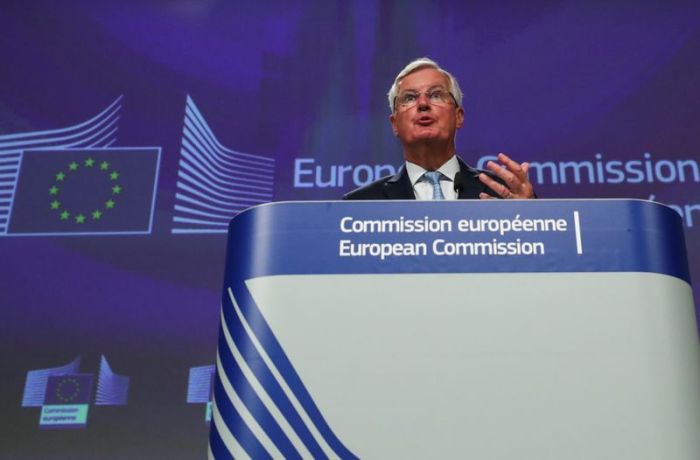NEW YORK (Reuters) – A jump in U.S. business activity and home sales helped push global equities and the dollar higher on Friday, counteracting earlier stock declines in Europe. Oil fell about 1%.
The Nasdaq and S&P 500 hit record highs and the dollar broke an eight-week losing streak, gaining as weaker economic data in Europe weighed on the single currency.
The fresh impetus came from a preliminary purchasing managers’ survey that showed U.S. business activity in August snapped back to the highest level since early 2019, data firm IHS Markit said. Services and manufacturing indices also rose, even though new COVID-19 cases remain high across the United States.
U.S. home sales data for July showed deals rising at a record pace for the second straight month, providing another glimmer of growth in the U.S. economy.
Friday’s data counterbalanced a steep rise in U.S. jobless claims on Thursday and Federal Reserve minutes on Wednesday that suggested the economy was beginning to stall, prompting investors to seek safe havens, said Michael Arone, chief investment strategist at State Street Global Advisors in Boston.
“It’s not surprising to see a pick-up in manufacturing as the economy has started to reopen, even though pockets of the country have pulled back on their reopenings,” said Lindsey Bell, chief investment strategist at Ally Invest. “It’s an encouraging sign and it supports the upside we have seen in the markets.”
The Dow Jones Industrial Average rose 190.6 points, or 0.69%, to 27,930.33.
The S&P 500, which broke out of its bear market on Tuesday by recouping pandemic-related losses, powered up 11.65 points, or 0.34%, to 3,397.16.
The tech heavy Nasdaq Composite added 46.85 points, or 0.42%, to 11,311.80.
Among global shares, MSCI’s benchmark for global equity markets was off its lows for the day, rising 0.27% to 571.17.
Europe’s broad FTSEurofirst 300 index dropped 0.20% to 1,416.57.
Meanwhile, the dollar index rose 0.63%.
“Investors are exiting some of the more economically sensitive sectors of the market and going back to the old stalwarts of tech, where you get reliable growth,” Arone said of the rise in tech shares.
EUROPE DECOUPLED
Somber economic numbers earlier in the day in Europe, including euro zone data pointing to a faltering recovery, doused stock market gains in Asia overnight, and also caused the euro to recoil further from recent peaks.
The loss of momentum came after fresh numbers painted a muted economic outlook, with purchasing managers’ index releases from France and Germany as well as the wider euro zone falling short of expectations.
“The survey contains some strong evidence that the recovery has slowed in August, particularly in the services sector,” said Moritz Degler, senior economist at Oxford Economics.
The euro fell 0.61% to $1.1787 and also ended down for the week, after seven weeks of gains against the dollar.
U.S. Treasury yields declined for the week, showing the preference for safe-havens. The shift short-circuited last week’s rally and resumed the downtrend that has largely prevailed all year.
Analysts pointed to rising coronavirus infection numbers having tempered economic activity. On Thursday, France experienced a post-lockdown record in new infections, while countries across the region imposed fresh travel restrictions.
Europe’s troubles weighed more heavily on oil, which lost about 1% on Friday on concerns about the global economic recovery, renewed coronavirus lockdowns and rising crude supplies.
Brent crude futures settled at $44.35 a barrel, down 55 cents, or 1.2%. U.S. West Texas Intermediate (WTI) crude futures settled at $42.34 a barrel, falling 86 cents, or 1.1%.
Brent fell about 1% for the week, while WTI saw a weekly rise of nearly 1%.
Spot gold dropped 0.3% to $1,937.69 an ounce. U.S. gold futures fell 0.12% to $1,934.60 an ounce.
(Reporting by Alwyn Scott and Herb Lash in New York, Karin Strohecker in London and Tom Westbrook in Singapore; Editing by Marguerita Choy, David Holmes, Will Dunham and Sonya Hepinstall)


























